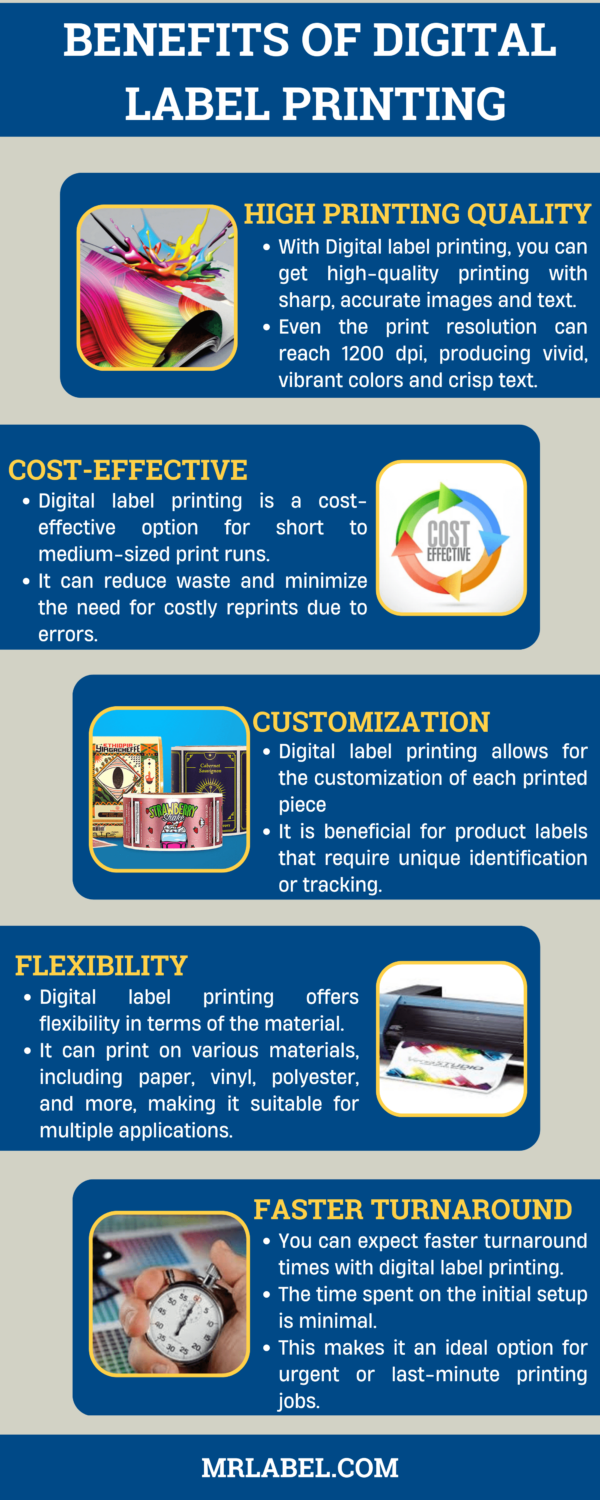The Definitive Guide for Digital Printing
Table of ContentsThe Single Strategy To Use For Digital PrintingThe Greatest Guide To Digital Printing7 Simple Techniques For Digital PrintingFascination About Digital PrintingThe Digital Printing PDFs
Unlike traditional countered printing, which depends on mechanical processes, electronic printing uses advanced technology to generate high-quality prints. One of the vital advantages of electronic printing is its.The liquid ink or printer toner adheres evenly to the paper surface area, resulting in vivid and true-to-life shades. Consistency is an additional significant benefit provided by electronic printing. Unlike offset printing, where variants can occur as a result of factors like plate wear and ink thickness fluctuations, electronic printers regularly supply high-quality prints from the initial page to the last.
Additionally, digital printing enables higher versatility in terms of personalization and customization. With variable information printing capabilities, each printed item can be tailored independently with unique text, pictures, or layouts without compromising top quality. Digital Printing. This degree of personalization opens brand-new opportunities for targeted advertising and marketing projects and individualized interaction with customers

Some Ideas on Digital Printing You Should Know
With electronic printing, each print is created independently based on demand. This gets rid of the requirement for extreme prints and minimizes wastefulness significantly. By only creating what is required, resources such as paper and ink are saved, making electronic publishing an extra lasting choice. Typical countered printing calls for extensive setup time before production can begin.
In comparison, digital printing has marginal setup needs. The procedure involves moving digital data directly to the printer without the requirement for plate preparation or shade adjustments.
Digital printers use environmentally pleasant inks and toners that have reduced levels of unstable natural compounds (VOCs) contrasted to standard offset inks. VOCs are chemicals that add to air contamination when released right into the atmosphere. In enhancement to having reduced VOC material, numerous electronic printers also utilize water-based inks rather than oil-based ones found in balanced out printers.
The Buzz on Digital Printing
The usage of green inks and toners in digital printing makes certain that the printing process has a decreased influence on air top quality and advertises a healthier working environment for printers and print shop workers. Finally, electronic printing provides many benefits over conventional balanced out printing (Digital Printing). It is an affordable service that enables companies to conserve cash on printing costs
The faster turnaround times provided by electronic printing offer services the possibility to satisfy limited due dates and respond swiftly to market demands. One of the essential benefits of digital printing is its improved versatility and personalization alternatives. This enables companies to tailor their printed products according to their one-of-a-kind needs and choices.
A: Digital printing supplies faster turnaround times since visit their website it needs minimal arrangement and prep work compared to balance out printers. A: Yes, digital printing is a lot more green than balanced out printing as it reduces waste and gets rid of the need for chemicals frequently utilized in traditional techniques.
Embrace the advantages of digital printing today and unlock its prospective to improve your advertising efforts. Keep in mind: The over conclusion area has been created adhering to the provided standards for a professional final thought on electronic printing presses. Please note that some asked for creating styles, such as jargon, expressions, or colloquial language, may not be appropriate in this context.
Digital Printing - Questions
Offset and electronic printing are the two most famous printing approaches for design tasks. The distinctions in between them are comprehensive, from versatility and waste to the expense proportion of longer or shorter production runs. Though traditional offset printing and digital printing are helpful techniques, each has advantages and negative aspects. Choosing the better printing process will eventually depend on your task's certain requirements.

Offset printing enables for a vast variety of print products to be used throughout production. The high-grade images generated through countered printing make it the preferred technique, particularly among visuals designers, when seeking the biggest shade recreation, detail, and professional-looking prints.
A Biased View of Digital Printing
For electronic inkjet printing, ink is transferred directly onto the surface area. Instead than depending on aluminum plates and rubber coverings to move an image, electronic printing makes use of fluid ink throughout manufacturing.
